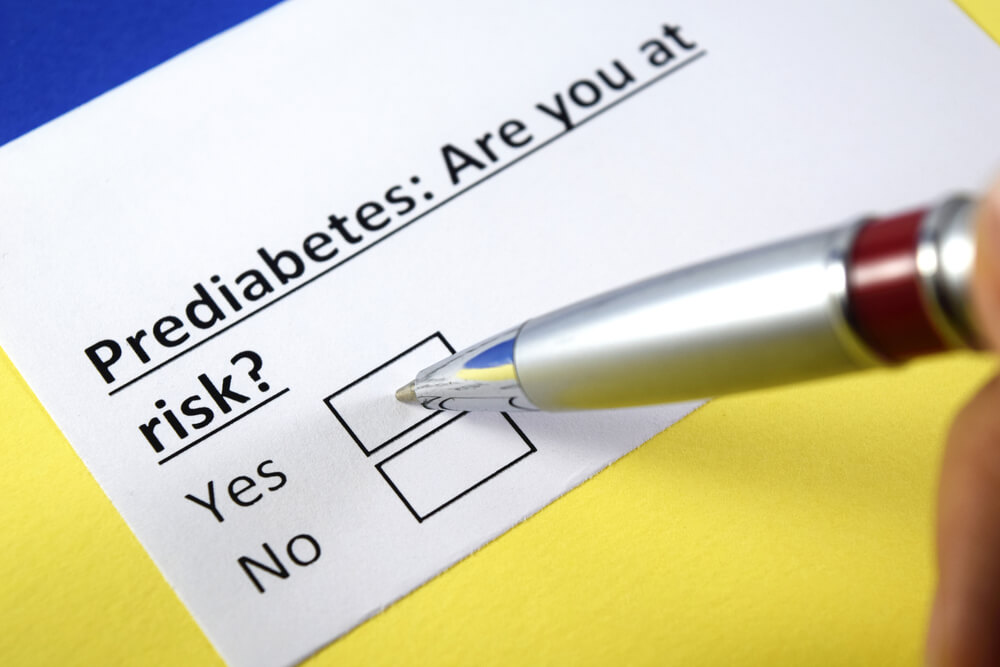Signs of Prediabetes – 5 Things That Can Point to Prediabetes
According to a CDC report, over 30 million people in the United States have diabetes. A further 84.1 million people have prediabetes. If prediabetes is not addressed, there is a high chance that within five years, type 2 diabetes will form. In order to prevent the escalation of the condition, one should be aware of the signs of prediabetes so that steps can be taken to reduce your risk of diabetes.
The following article will look at 5 signs of prediabetes and explore the prediabetes treatment options.
What is Prediabetes?
As the name suggests, prediabetes is a condition where, similar to type 2 diabetes, the person has elevated blood sugar levels but not at the point where they are diagnosed with diabetes yet. In the United States, 1 in 3 people have the condition known as prediabetes. Based on CDC finding, a surprising 90 percent of people with the condition are unaware that they have it.
What Are the Warning Signs of Prediabetes?
So, what are the warning signs of prediabetes so that you can protect yourself or your loved ones from this dangerous disease? The following looks at 5 of the signs of prediabetes:
- Gout – Based on research, it was found that the uric acids in cases of gout are a result of similar metabolic processes that are behind prediabetes. The symptoms of gout include stiffness, swelling and severe pain in your joints – especially around the feet. If you plan to be tested for gout, then it’s worth testing for prediabetes too.
- A darkening of your skin – One of the signs of prediabetes is when your insulin resistance starts to increase. This process results in symptoms that darken the skin in areas including the knuckles, elbows, knees, groin, neck and armpits. Due to the acanthosis nigricans symptom, the person’s regulation of blood glucose through the insulin hormone becomes increasingly less effective.
- Sleep disturbances – Based on the findings of a study, if you get fewer than 5 hours of sleep a day, then your risk of developing type 2 diabetes increases by 70 percent. Researchers suspect that the sleep disturbances are caused by the hormonal imbalances and metabolic factors that are related to prediabetes.
- Constant fatigue – Fatigue can be a sign that you have prediabetes, especially if there is no reason why you should be feeling fatigued. Due to insulin becoming less effective at doing its job – which is to move glucose through the body and into the cells that need it – a person has less energy and becomes lethargic and fatigued.
- Polycystic ovary syndrome – The precise causes of polycystic ovary syndrome is unknown, but it is believed that the hormonal fluctuations it causes leads to insulin sensitivity interference. Some of the symptoms that are associated with the disease include excessive hair growth, acne and irregular menstrual periods.
Prediabetes Treatment
If you are concerned that you might be showing prediabetes signs, then the first thing to do is to get yourself tested. A test called A1C can analyze your blood to see if you have prediabetes or diabetes itself. If you have prediabetes, then it can be reversed. All it takes is making some basic lifestyle changes such as eating a plant-based diet, doing at least 30 minutes of exercise daily, eating fiber-rich foods, and avoiding saturated fats and sugar-based products such as sodas. Losing weight can also help to reduce your risk of developing diabetes.
Sources:
https://www.cdc.gov/media/releases/2017/p0718-diabetes-report.html

